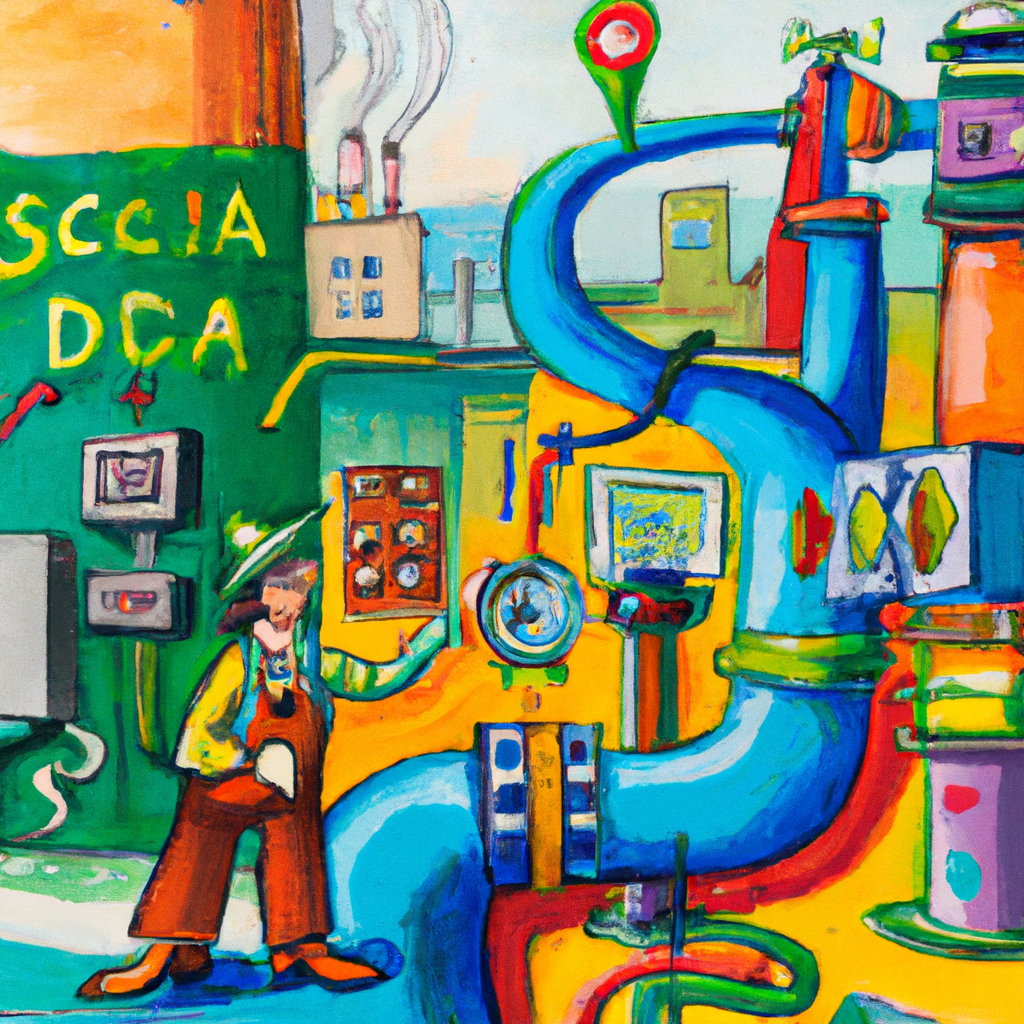Supervisory Control and Data Acquisition (SCADA) systems play a pivotal role in industrial process control. These computer-based systems are used to gather and analyze real-time data, enabling organizations to monitor, coordinate, and control industrial processes in multiple locations.
SCADA systems are integral to industrial operations, spanning sectors such as water treatment, oil and gas, power generation, and manufacturing. They provide a structured interface for managing large-scale processes where human control is impractical or inefficient.
SCADA’s Primary Role
The primary role of SCADA is to monitor and control a plant or equipment in industries such as telecommunications, water and waste control, energy, oil and gas refining, and transportation. These systems collect data from sensors and instruments located at remote sites and then transmit and display this data at a central site. In essence, SCADA systems are crucial in industrial processes as they help to maintain efficiency, process data for smarter decisions, and communicate system issues to help mitigate downtime.
Functionality
The functionality of SCADA systems is broad and versatile. They are designed to perform complex tasks and can be divided into four main components:
1. Data Acquisition: This is the first step where data is collected from different sensors, machines, or devices. The data could be temperature, pressure, humidity, or any other factor that needs to be monitored.
2. Networked Data Communication: The collected data is then sent over a network to the central computer. This communication can be wired or wireless and must be secure and reliable to ensure the integrity and availability of the data.
3. Data Presentation: The central computer, or the Human-Machine Interface (HMI), presents the data in an easily understandable format. This could be in the form of graphs, charts, or tables. The HMI also allows operators to interact with the system, inputting commands to control the processes.
4. Control: Based on the data received and the commands inputted by the operators, the SCADA system controls the industrial processes. This could be done automatically, or it could require human intervention.
SCADA: Beyond Process Management
Along with process management SCADA systems are also crucial for safety and quality control. They can detect faults and potential failures, triggering alarms for immediate action. This proactive approach helps prevent accidents, equipment damage, and production loss, thereby saving time and resources.
SCADA systems are the backbone of many industrial operations, providing a comprehensive solution for data acquisition, process monitoring, and control. They enhance operational efficiency, ensure safety, and facilitate decision-making processes based on real-time data. As industries continue to evolve and grow, the role of SCADA systems will only become more significant, making them an indispensable tool in the realm of industrial control.

